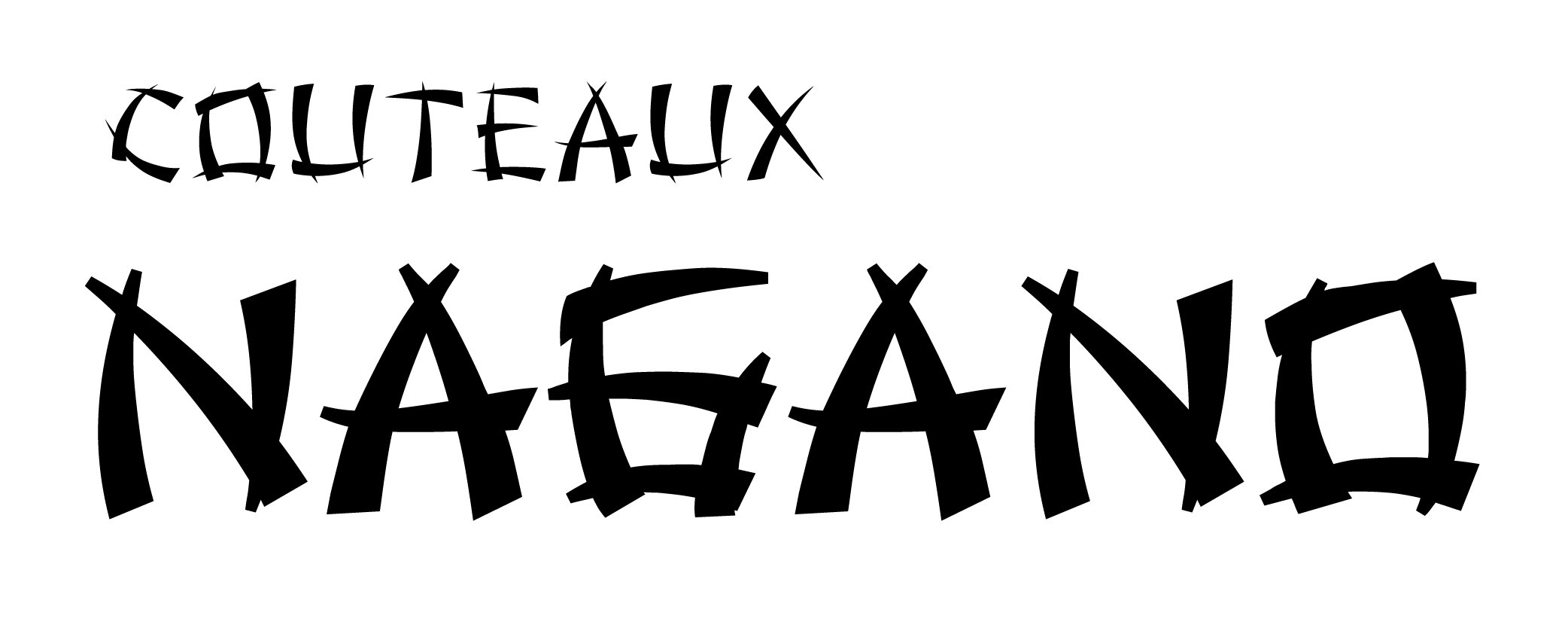In this article, we will give you some tips on how to use, handle and store your knives to reduce injuries, chips and disappointment. To ensure the life of your investment, it is therefore essential to follow these recommendations for most of our knives:
IN BRIEF:
- Never cut bones, shells, nuts, frozen products or very hard foods such as squash
- Wipe the knife with a cloth immediately after use to prevent rust from forming
- Never put it in the dishwasher
- Never make a lateral twist when cutting food (forcing the knife)
- Avoid wetting the handle as much as possible
- The use of a wooden board is recommended
- Keep the edge sharp by using our Ceramic Rod
- Sharpen on whetstones once per year, depending of your knife usage
IN DETAIL:
- Never cut bones, shells, nuts, frozen products or very hard foods such as squash as the knife blades are very thin. A small splinter could very easily occur. Therefore, you should limit yourself to fruits, vegetables and protein. Tell yourself that what you could chew with your teeth, you can cut. Frozen products cool the blade, making it more fragile.
- Wipe the knife with a cloth immediately after use. Drops of water that dry will form rust on carbon knives.
- Never put it in the dishwasher, the handle cannot withstand the heat.
- Never twist it sideways when cutting food to avoid forcing the blade.
- Couteaux Nagano advises to always cut food on a wooden board to protect the blade and to reduce the sharpening frequency.
- Couteaux Nagano advises not to scrape the board with the sharp side of the knife. Therefore, the use of the back of the knife is essential.
- It is important to clean with mild dish soap and dry the knife immediately after use to avoid rust. Over the years, moisture could form in the handle and create rust. When the part of the knife included in the handle rust, it can break off and separate from the blade. Therefore, make sure, as much as possible, never to wet the handle of your knife. Clean the handle with a damp cloth and the metal with the soft part of a sponge.
- Knives made of "Shirogami" or "Aogami" metal are more durable and sharp than stainless steel, however, they are more sensitive to oxidation. It is therefore important to dry the knife immediately after use. A greyish patina (natural protection) will form over time on High Carbon Steel knives. If it is reddish, this is not a good sign. The use of the rust remover will therefore be required.
- Frequently maintain the carbon steel knife with Couteaux Nagano Camellia Oil. A treatment of two drops is sufficient to cover the surface of the knife to protect it from oxidation and keep it looking as good as when you opened it from its box.
- We recommend that you purchase a wall knife magnet to store your knives. With a wall magnet they will be easier to access, better protected, you will be more inclined to clean them as you go along and finally it will be safer for you and your family.
- Ideally, try not to put any weight on the tip of the blade with your free hand. This could put too much weight on the edge of the blade and flatten it over time. This will make the blade less sharp.
- Depending on its use, a water stone sharpening is recommended every 4 to 12 months.
- Weekly use of a ceramic "rat tail" is recommended to keep the edge of the blade well aligned.
For more questions or inquiries, please do not hesitate to contact us.
Email: info@couteauxnagano.com
Facebook and Instagram: @couteauxnagano

